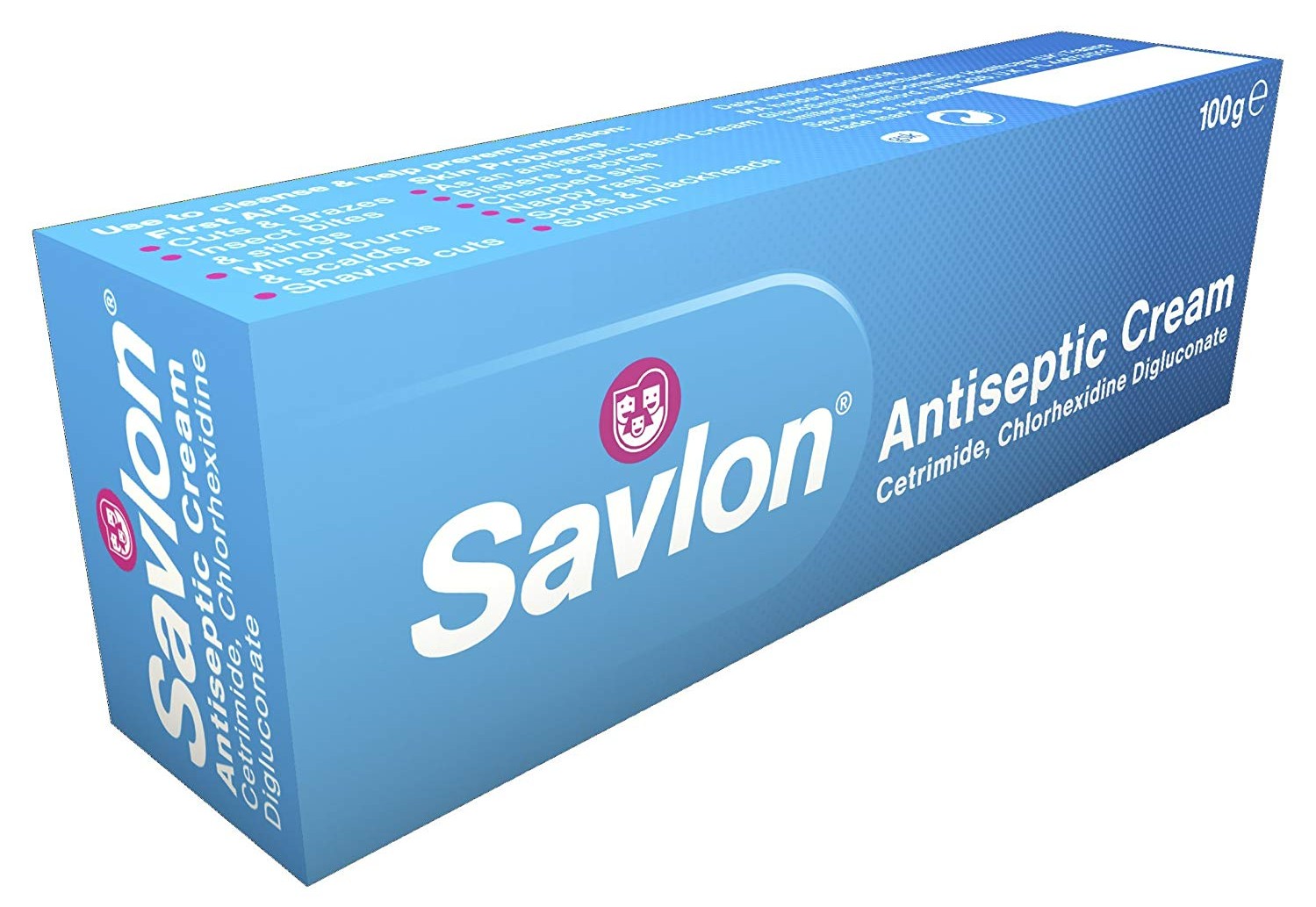by Haeun Kim, Year 10, Nonsuch High School for Girls, Surrey.
After falling over and grazing your knee in Netball practice at school, you then burn your finger whilst cooking in Food Tech. Then the top of your nose starts to peel off in the intense glaring of the sun in the hot summer’s day. As well as that, you coincidentally touch the stinging nettle whilst going home through the park. By the time you get home, you’re an itchy, sore, blistered, agitated creature. What do you do without knowing? You go and ask science for help, by furiously squeezing out the last part of your Savlon cream, or any other antiseptic cream left in the little cupboard; opened so, so many times.
Science. For some, it’s a word, or a something so overwhelming and confusing that it’s better to stay away from it. For some, it’s a must-do in school, so all that can be done is dutifully trudging along with the curriculum. For others, it’s the natural phenomena, or it’s a wild passion that becomes so fascinating and beautiful to behold. For me, truly and honestly, science is the most useful and crucial friend that I have. Starting from the food I eat, the amount of bandages I put on myself and my brothers, the washing powder I use, the lights I see by, and all the things I need, such as my pen- yes, there is science behind a pen, like in everything- and the heater to keep me nice and warm. However, the science I find the most useful, captivating and compelling, is the science behind all the antiseptic creams I have used so far in my whole life.
On an estimate, having probably finished about millions of these magnificent tubes, I owe some research as to how these wonderful life-savers, or rather wound-savers, work. As Savlon is the most common and most useful antiseptic cream, I looked into how they are made. Methyl Hydroxybenzoate, a chemical, is used to prevent the growing of fungi or bacteria from open wounds, which is extremely useful because if the bacteria grew, the wound would get infected, leading to extreme amounts of pain, which none of us particularly enjoy. Additionally, cetostearyl alcohol- made by heating coconut oil with sodium hydroxide- is also used to moisturise the wound for a long time, making it more pliable. This is of high importance, (I have found out through experience) as dry wounds take an extremely long time to form a scab, so therefore, keeping the wound moist accelerates this process, and scabs protect the wound from any external bacteria. Hence, along with all the other useful ingredients (I am sure), these antiseptic creams are a colossal part in protecting the 50 different burnt, cut, grazed and bleeding parts of our bodies on a daily basis.
Therefore, I come to the conclusion, If I may, that science plays an essential, indispensable, and always desperately needed part of our daily lives. So why should so many of us be afraid of the word ‘Science’? Why are so many of us confused and ignorant of it, and why, why do we say, ‘Science is not for me’ when everything we touch, smell, hear and see have at least the smallest touch of science in it? Indeed, some mind-blowing equations and rules and laws of science are hard to comprehend, but science isn’t all about that. Science is our 5 senses. Science is all we have around us. Science is the smallest, and biggest things that we do to sustain our lives. And for me, science is what keeps my blood from flowing out of my wounds every day, what keeps me healthy and out of pain, and what makes me feel relieved even when I have the most agonising soreness in my new burn. So, what do we owe Science?
We owe the biggest thanks. We owe science a million, a trillion thanks for what we take from it every day. Next time I put on my cream, I will say through my tears of pain, ‘Thanks a million, or even a trillion….. for being there’.





